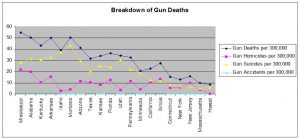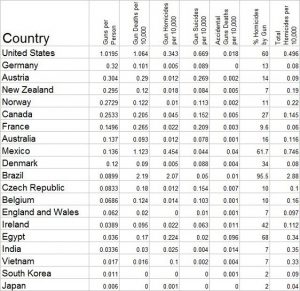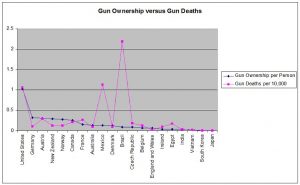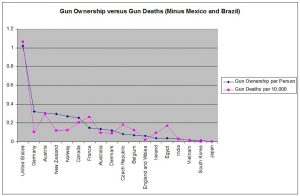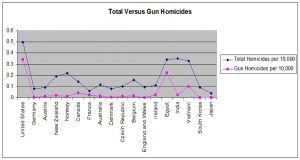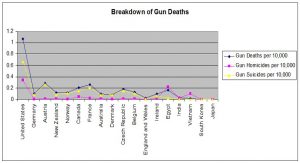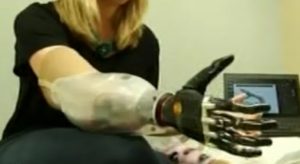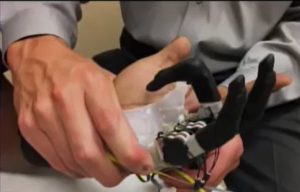We’ve all heard about anti-matter. We’ve been told that anti-matter is made up of anti-particles which are some weird mirror images of familiar particles like the electron or proton. We’ve also know that whenever a particle and its anti-particle come in contact they annihilate each other leaving only a burst of energy.
I know that anti-matter seems like the stuff of science fiction, after all doesn’t the starship Enterprise in Star Trek have matter / anti-matter engines. Anti-matter isn’t real, it’s just some strange theory that Einstein or some other physicist thought up, right?
It’s true that the English physicist Paul Dirac predicted the existence of anti-matter in 1926 as he was trying to mathematically combine Einstein’s special theory of relativity with quantum mechanics. What Dirac’s calculations told him was that for every kind of particle there should be another particle, having the same mass but the opposite charge. Even Dirac wasn’t certain what to make of his own prediction.
It was only six years later in 1932 however that the first picture of an anti-particle was taken by the American physicist Carl Anderson who was doing research on the cosmic ray particles striking our planet from outer space. That first evidence of the reality of anti-matter is shown below in a picture made in what is known as a cloud chamber.

First Photograph of an Anti-Particle taken by Carl Anderson (Credit: Public Domain)
Since the time of Dirac and Anderson physicists have continued to study anti-matter in cosmic rays. Not only that but they have also used their high-energy atom smashers; we call them particle accelerators nowadays, to actually manufacture anti-matter.
How do they manufacture anti-matter you ask? Well if a particle and anti-particle annihilate each other leaving only energy, then energy can be separated into a particle and its particular anti-particle. Out of the debris that comes from collisions in particle accelerators we have found the anti-particle of nearly every known particle. The photon of light is an exception because it is actually its own anti-particle! Below is an image taken of the products of some of these collisions along with a breakdown of what is happening.

Bubble Chamber Photograph from CERN (left) along with analysis of interactions (Credit: CERN)
Handling the anti-matter is obviously a delicate task but slowly scientists are learning how to confine charged anti-particles in a vacuum bottle with a magnetic field that keeps the particles from even touching the bottle’s walls. Using such a magnetic bottle the physicists at CERN now plan for the first time to transport anti-protons from the labouratory where they were produced to another labouratory at the CERN facility.
You see the physicists working on the PUMA experiment (that’s the anti-Proton Unstable Matter Annihilation experiment) are studying the structure of Protons and Neutrons in large, unstable nuclei. The researchers working on PUMA intend to use the anti-protons as probes that can tell them a great deal about the arrangement of the protons and neutrons in the nuclei that they study.
You remember from high school that the nucleus of every atom is made up of protons and neutrons. You may also recall that the lighter, more stable nuclei like Carbon-12 have six protons and six neutrons, an equal number of each. However large unstable nuclei like Uranium have more neutrons, 146 than protons 92 and physicists want to learn the details of how the different particles arrange themselves.
Now an anti-proton will annihilate a proton but it will also react with a neutron in a different way so observing the reactions will paint a picture of the structure of the target nucleus. The planned setup for the PUMA experiments is shown in the image below.
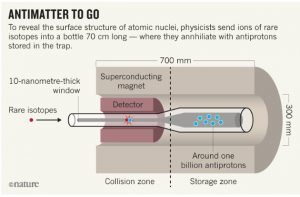
Outline of PUMA experiment at CERN (Credit: Nature)
There are still a lot of things we don’t know about anti-matter and scientists will continue to study these mirror particles for years to come. However it is a measure of how much we’ve learned that we are now using anti-matter to study other phenomenon.




